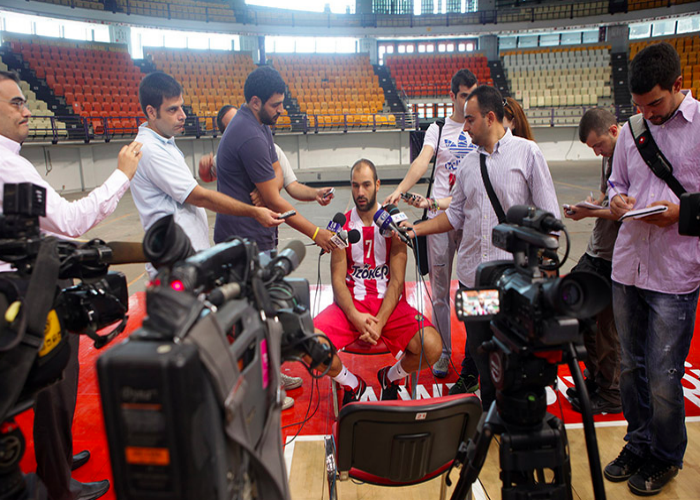In the quick advancing scene of sports broadcasting, conventional techniques for commitment are being risen above by the vivid domains of augmented reality VR. Past the limits of physical arenas, VR encounters are altering the way in which fans connect with their sports. By wearing a headset, onlookers are shipped into a hyper-sensible computerized field where they are simple spectators, yet dynamic members in the activity. One of the most convincing parts of VR in sports broadcasting is its capacity to stall geological hindrances, permitting fans from around the world to encounter the adventure of the game as though they were not too far off in that frame of mind of it. Whether it is courtside at a ball game or pitchside at a soccer match, VR transports watchers to the core of the activity, giving a degree of submersion that conventional Transmissions basically cannot coordinate. This democratization of admittance to live sports occasions can possibly reclassify the fan insight, making it more comprehensive and connecting with for crowds no matter what their area.

Besides, VR offers a degree of customization that enables clients to fit their review insight as per their inclinations. From picking different camera points to getting to constant details and examination, watchers have uncommon command over how they draw in with the 스포츠중계 game. Need to see the match according to the point of view of your number one player? VR makes it conceivable. Keen on investigating the strategic complexities of a play? Jump profound into the investigation with only a couple of snaps. This degree of intuitiveness upgrades the review insight as well as encourages a more profound comprehension and enthusiasm for the game. Notwithstanding live occasions, VR innovation is additionally reshaping the way that sports content is consumed past the arena.
Computer generated reality preparing reproductions permit competitors to level up their abilities in a protected and controlled climate, offering important experiences and criticism that can improve execution on the field. In the meantime, fans can drench themselves in virtual conditions that reproduce famous crossroads in sports history, permitting them to remember the energy of unbelievable games and accomplishments. The joining of VR into sports broadcasting is not without its difficulties, notwithstanding. Specialized restrictions, like the requirement for great equipment and solid web network, can present obstructions to boundless reception. Moreover, the expense of delivering VR content remaining parts moderately high contrasted with conventional broadcasting techniques, restricting the openness of these encounters to a more extensive crowd. In any case, as innovation proceeds to progress and turn out to be more reasonable, these obstructions are probably going to reduce over the long haul.